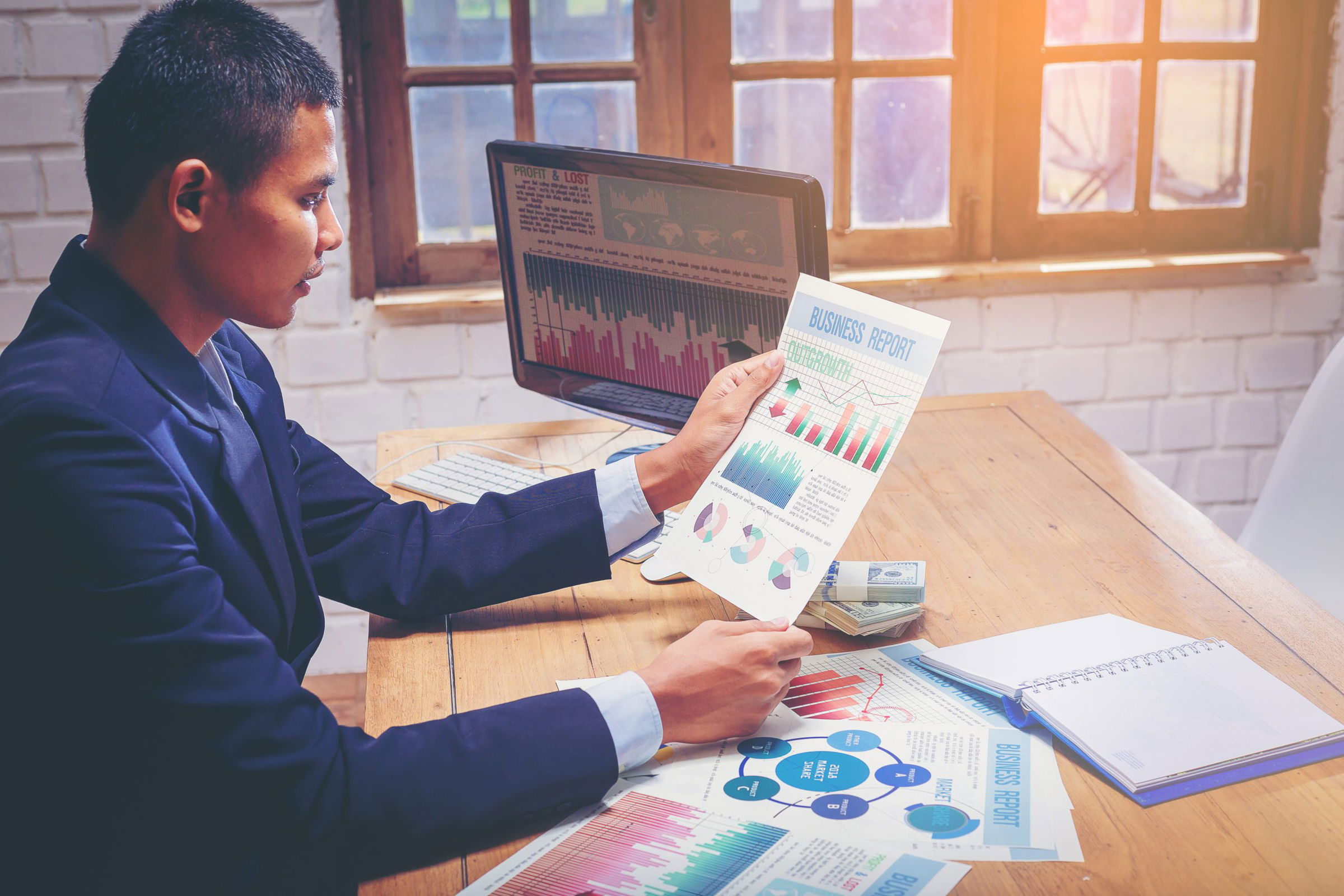Last updated on April 4th, 2024 at 11:00 am
The amount of data produced today is much more than ever before. There is an increased demand for more effective and efficient data processing. Predictive analytics is a process that most business use today to examine large amounts of data and forecast outcomes based on the results. For example, a manufacturing company can use predictive analytics to predict the number of products the consumers will buy next season and increase the manufacturing of those.
If you want to grow a career in data science, then a knowledge of predictive analytics will immensely benefit you. Let us take a look at predictive analytics and how it is useful for business forecasting.
What is Predictive Analytics?

Using simple terms, predictive analytics make predictions about future outcomes using data and statistical methods. These methods can be machine learning (ML), statistical modelling and data mining techniques. It is a branch of advanced analytics that assists a business to find patterns inside data to identify opportunities, risks and tendencies.
Data science and big data closely interlink with predictive analytics. The huge volumes of data in clouds such as databases, videos, log files and images need to be processed. Data science professionals use OOPs concepts in Python programming to perform deep learning of the data. They use machine learning algorithms to make predictions by analysing the data. A few of these algorithms are neural networks, decision trees, linear and non-linear progression and support vector machines.
Where is Predictive Analytics used?
The capabilities of predictive analytics are endless today. There is an ever-growing use of this method in various industries. Here are a few of them:
Finance
Banking and financial services were the first sectors to use predictive analytics as it deals with vast amounts of money and data. Some common uses of predictive analytics in banking are to detect fraud, and security breaches, retain customers or maximise ROI (Return on Investment). They can also predict stock prices thereby investors also employ them. Credit card companies and mortgage lenders use these analytics to find out the best rates for their products.
Retail
Businesses where the consumer is directly interacting such as retail and telecoms use predictive analytics to handle customer relationships. The business uses a method called churn analysis to find out if its consumers are likely to shift to another company due to poor service. The retail industry uses analytics to determine lucrative offers, measure the success rate of promotional campaigns and price optimisation. They get a detailed forecast of their market position using insights into customer behaviour.
Airlines
Airline carrier companies utilise predictive analytics to forecast number of the seats they can fill. Although this is not always successful, it helps the company find trends in different months of the year.
Government
The government also uses predictive analytics for its governance. Analysis of population trends, understanding public behaviour and detecting fraud are some of the key outcomes. Predictive analytics is useful for improving the efficiency of the government.
Benefits of Predictive Analytics on Business
There is a tremendous impact of predictive modelling on business. According to a report by Markets and Markets, the predictive analytics market will reach USD 28.1 billion by 2026 with a CAGR of 21.7%. Let’s look at a few reasons why businesses worldwide are using predictive analytics.
Gaining an advantage over competitors
Today you will find similar products sold in various companies. These companies need to have some kind of competitive advantage to attract and retain loyal customers. Using predictive analytics, your company can tap into existing customer data and send unique marketing messages to your customers. They can respond either positively or negatively. The customer data is accessible only by your company and hence the predictive modelling composes a customised customer list.
A predictive model finds out buying patterns of customers who may not only buy from your company but also from competitors. The process distinguishes customers who choose your company and you can find out the weakness of your competitors. You can use this data for precise marketing activities.
Reducing risk
Risk reduction is another advantage of predictive analytics. The banking and finance sector can take the help of predictive analytics to construct a proper depiction of a business or person who they are screening. They have all the data at their disposal and can predict a reliable interpretation of that business or person. They can take effective decisions based on this interpretation.
Manufacturing efficiency
For manufacturing and production companies, predictive analytics is really useful. They can use past data to forecast potential production failures and thereby prevent errors. The method can also effectively predict inventory requirements and production rates. With new innovations, the range of predictive analytics is also expanding. A few more uses are human capital retention, forecasting the health risk of workers and predicting market demand for specific products.
Meeting customer expectations
Any business requires customers for its growth. Predictive analytics offers benefits to consumers by forecasting who gets better stuff more easily. Targeted marketing is very common today when customers get recommendations for products. If you open any e-commerce website and buy a product, you are likely to receive emails the next day informing you about products that might be of interest to you. A loyal customer often gets a discount on products which is also the work of predictive analytics.
Fraud detection
Detecting fraud is one of the most important benefits of predictive analytics. Recognising patterns in behaviour on a network and tracking changes in them can indicate fraud or threat. A team of investigators can track only a fixed number of suspected transactions at a time. A predictive model can identify a more specific pool of transactions and detect more fraud quickly.
Predictive Analytics Tools
Apart from the techniques involved in predictive analytics, there are several tools to execute its tasks. These tools are important in milking the larger portion of data. A few common predictive analytics tools are
- Tableau
- SAP Analytics Cloud
- IBM SPSS
- Alteryx
- SAS Advanced Analytics
- Sisense
- RapidMiner
- Microsoft Azure
- KNIME
- DataRobot, Inc.
Conclusion
It would be almost impossible today to find a scalable business that is not using predictive analytics. This is not only about data but more about understanding customers. No matter what your business aims are, predictive analytics is the future.
If you wish to go for a data analytics course then you can enrol in the Postgraduate Programme in Data Science and Analytics at Imarticus Learning. You can build a successful career in data analytics if you start your preparation today!

